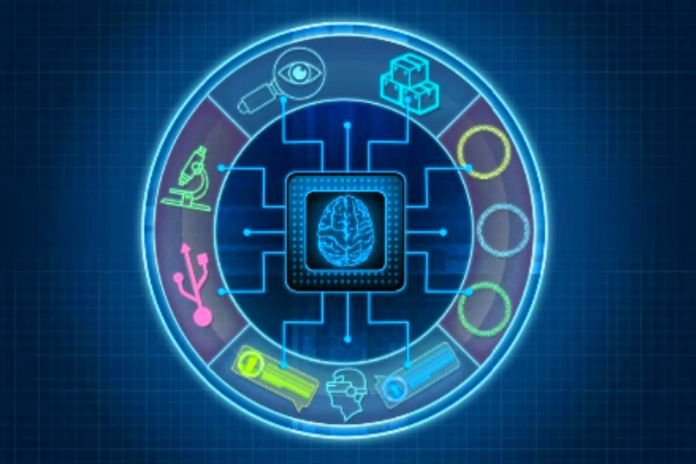Industries That Use AI To Control Access To Restricted Areas
Industries that use AI: From autonomous transportation to virtual doctors, artificial intelligence (AI) is transforming how we live, work, travel, and do business in the 21st century.
But did you know that it can be used as a powerful tool integrated into access control and security systems in various market sectors?
Controlling access to restricted areas is of enormous importance for the efficient internal functioning of various sectors. To ensure the safety of processes, individuals, and even materials, it is necessary to have a real-time traceability capability that acts as a kind of guardian. And avoid escalating potential issues.
Generally, access control solutions work by identifying an individual, analyzing the ingress and egress permissibility of the objects he carries, authorizing him to have access to the resource or location, and then associating his actions with his name for auditing purposes.
When this type of control is performed only by humans, the chances of errors in visual assessment can be very high due to the enormous difficulty in identifying, memorizing, and tracking patterns of employees who enter and leave a given place. Therefore, recent studies show an exponential increase in the use of artificial intelligence by several companies to control employee access to production centers.
The Pharmaceutical Industry And The Dangers Of Lack Of Access Control
The pharmaceutical industry needs to maintain strict control over access to restricted areas of a production site. The safety of employees interacting with certain chemicals and the production processes themselves can be seen affected when unforeseen external factors interact with them. For example, if inadequately equipped employees enter specially conditioned laboratories when testing or generating a product, some substance may intoxicate their body.
The Food Industry
Controlling food quality can become a challenge in workplaces where the daily traffic of people is highly hectic. For this reason, it is essential to take care of and follow safety requirements in food factory production lines and in restaurants.
The Mining Industry
In the mining industry, safety control is critical. Every year thousands of workers suffer occupational accidents due to a lack of safety. Often, better monitoring of employees and their working conditions could have been enough to reduce both the number of incidents and the severity of the damage suffered. by the workers. In this sector, the correct verification of the entry of employees with their appropriate safety equipment is essential.
The Auto Industry
In this sector, it is also essential that each employee enters the production lines with the appropriate equipment to maintain their safety (such as industrial helmets and goggles), as any unforeseen incident can become a risk to their lives. On the other hand, intelligent and automated control would also help to prevent possible loss or theft of materials from happening in factories.
The Banking Industry And Access Control
Increased security in the banking industry can make a difference with more efficient and automated control of restricted areas.
How Does It Work?
If AI technology is paired with cameras and a security entrance solution, it could take the detection capabilities currently built into electronic entrances to the next level regarding identity verification.
Advanced innovations like Safety solutions can fill the security gaps left by previous systems by recognizing people (through patterns identified and processed with AI) and objects in the way humans can but in a much more efficient way. Efficient, bringing the possible error rates to almost zero.
For example, with this technology, cameras could tell the difference between any inanimate objects being used or transported through the entrances versus living users, as well as recognize the identity of authorized users faithfully, regardless of clothing, current weight, or color: hair or facial hair.
Traditional access control, surveillance, and intrusion detection systems collect vast amounts of data that are often stored and then deleted without much analysis. Companies are now more attuned to leveraging this Big Data more efficiently.
This market evolution would leverage existing systems, sensors, and data collection capabilities and use Big Data along with detailed analytics to drive the management and monitoring of individuals entering and leaving industries and the objects they carry. The more physical security systems adopt standard data types, sets, and structures, the brighter these systems become, and the more accurate predictive analytics can acquire.
Also Read: Human Factor vs AI: An Unnecessary Digital Paradox?
Share this content:












Post Comment